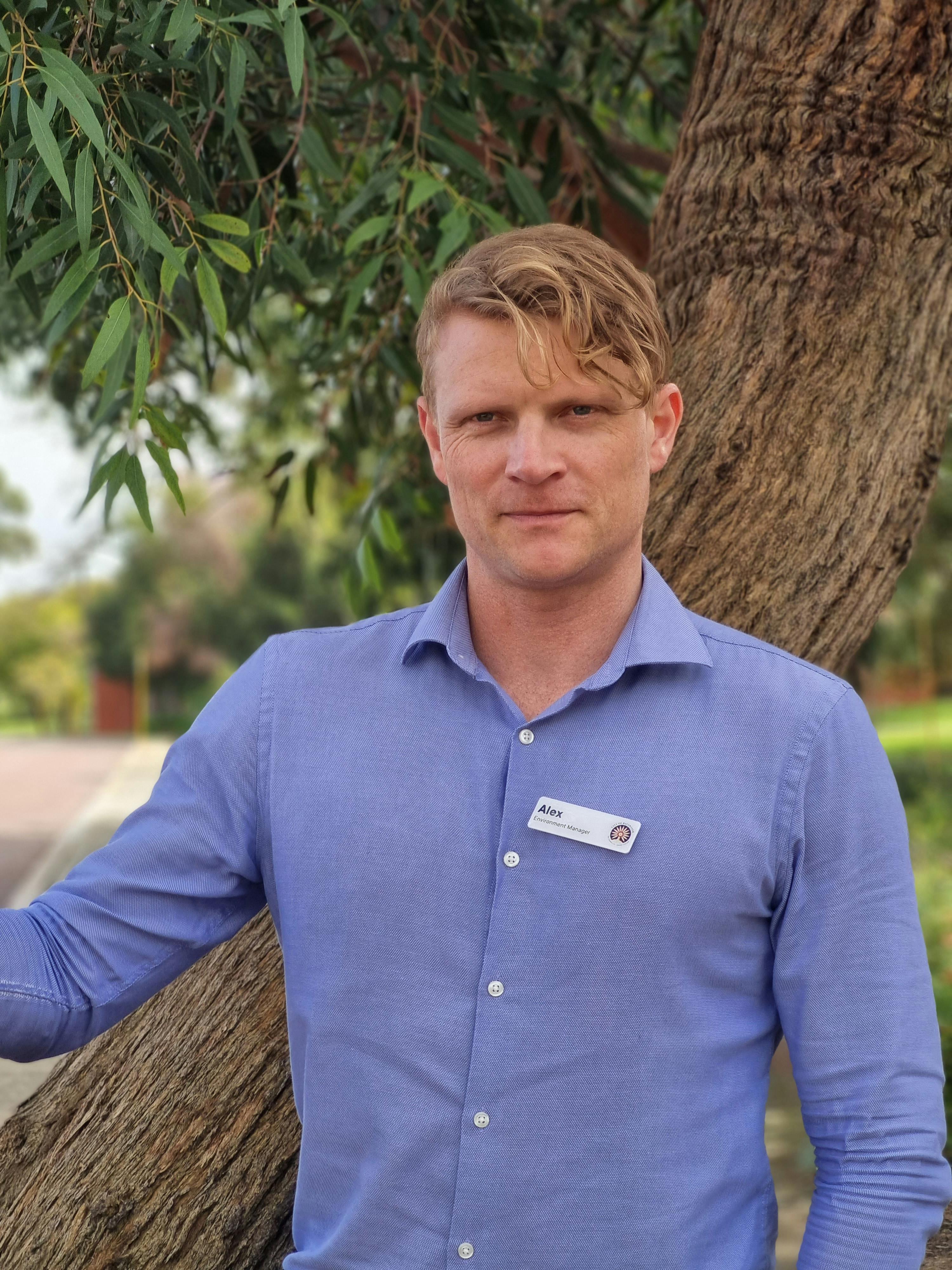Maylands Lakes Environmental Restoration Masterplan
MASTERPLANNING PHASE CONCLUDED
The Maylands Lakes Environmental Restoration Concept Report was endorsed by Council in April 2025, with an estimated Phase 1 Implementation Timeline presented to the community in June 2025.
The project will now move into an implementation phase. Updates will be shared via the Maylands Lakes project page, alongside continuing correspondence and forums.

PROJECT BACKGROUND
In April 2024, Council endorsed the preparation of a Maylands Lakes Environmental Restoration Masterplan to develop a solution to improve water quality, reduce midge and algal blooms, and enhance amenity and access to nature in the area. To view the stages of the Masterplan, view the project tracker.
Draft Concept Design and Community Engagement
The City has worked with its Council, Scientific Advisory Panel (SAP), consultancy teams and community members to inform development of the Masterplan. A key element of this was engaging community about the issues experienced and restoration options.
- A Draft Concept Design Report was endorsed by Council on 11 February 2025. Tony Weber from Alluvium presents the Draft Concept Report in this video.
- A Concept Design Overview was developed to communicate the Masterplan process.
- Community were invited to attend a workshop and/or complete an online survey to provide feedback in response to the Draft Concept Design. The Engagement Outcomes Report is available here.
- A revised Concept Design Report was presented to the SAP and to a Councillor Briefing for further feedback and revision.
- The Maylands Lakes Environmental Restoration Concept Report was endorsed at the April 2025 Ordinary Council Meeting.
- The Maylands Lakes Final Concept features three phases for implementing the project.
- The development of an Implementation Plan with gateways using the MERI framework (Monitoring, Evaluation, Reporting, Improvement) was highlighted as a next step to ensure actions are appropriately prioritised and progressively implemented.
- The consultants have prepared an estimated Phase 1 Implementation Timeline published below in the News Feed and at the top-right of this page.
For the latest information on Maylands Lakes, visit the project page.



